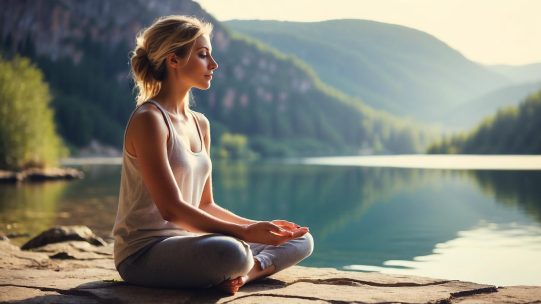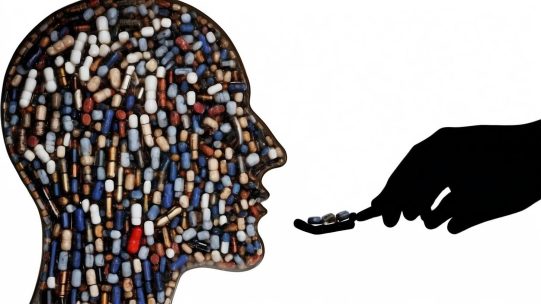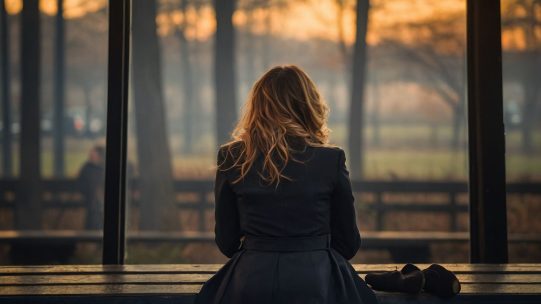Benefits of Yoga for Stress and Anxiety Relief

Yoga is a timeless practice that has been practiced for centuries and is a wonderful way to reduce stress and anxiety. Through yoga, we can connect with our physical, mental, and spiritual selves and benefit from its ability to bring clarity and balance to our lives. Whether you are a beginner or seeking to deepen your practice, the power of yoga can be felt in the mind as well as the body. This article explores the benefits of yoga and how yoga can help reduce stress and anxiety.
Have your symptoms checked out by a mental health professional for personalized suggestions and treatment.
How does yoga reduce anxiety?
Yoga is a practice that combines physical postures, controlled breathing and meditation. This combination helps to bring balance and calmness to the mind and body. Physical postures help stretch and strengthen the body, while breathing helps oxygenate the blood and relax the mind. Meditation brings a sense of inner peace and balance.
The benefits of yoga to relieve stress and anxiety.
Yoga classes can improve physical, mental and emotional well-being, and relax the body and mind. Here are just a few of the many benefits of yoga in combating anxiety and stress.
1. Increased relaxation. Yoga postures and breathing techniques help the body relax and release tension accumulated from stress and anxiety. The physical relaxation that yoga provides also helps improve mood, lower cortisol (stress hormone) levels, and reduce physical pain.
2. Improved mental clarity. Yoga helps to clear the mind and focus thoughts, which can reduce anxiety. Yoga helps eliminate distractions, improve perspective of experiences, and think more clearly.
3. improve sleep quality. Yoga can help people get a good night’s sleep, which is important for combating stress and anxiety at night. Studies have shown that regular yoga practice improves sleep quality and reduces the time it takes to fall asleep.
4. Improved self-awareness. Yoga helps to increase self-awareness, which is an important tool to combat stress and anxiety. Yoga makes people more aware of their thoughts and feelings and helps them manage their reactions to anxiety.
5. positive social connections. Studies have shown that yoga improves social connections, which in turn reduces stress levels. Practicing yoga with friends and family can strengthen bonds and provide a sense of belonging and connection.
Ask your doctor what lifestyle changes can increase the effectiveness of anxiety treatment.
What type of yoga is best for treating anxiety?
Not all types of yoga are equally effective for relieving stress and anxiety. Discover the best types of yoga and their specific benefits.
Hatha yoga. The postures are designed to slowly and gently strengthen the entire body, lengthen and strengthen muscles, and calm the mind. The focus is on linking body movements with the breath.
Vinyasa yoga, also known as power yoga. This is a vigorous form of yoga that incorporates powerful poses, continuous movement, and steady, controlled breathing. In addition to improving strength and endurance, it creates heat in the body, relieves stress and increases calming energy.
Restorative yoga. This type of yoga is ideal for those who want to release tension in the body caused by stress and anxiety through meditation and relaxation techniques. It helps to balance the mind and body and achieve a more complete relaxation.
Yoga Nidra. This type of yoga involves guided meditation with an emphasis on relaxation and mindfulness. It is especially effective for people with sleep disorders caused by anxiety.
Whichever type of yoga for stress and anxiety relief you choose, it is important that yoga is practiced with mindfulness. Paying attention to every breath and movement and discarding any thoughts or worries that come to mind can create a calmer and more peaceful experience.
What yoga poses reduce anxiety and stress?
Various yoga poses can be used to relieve symptoms of anxiety and stress. Here are some of them:
Child’s pose. Sit with your knees bent, feet tucked under your body, forehead resting on the floor (or on a block or blanket) and arms stretched out in front of you. This pose helps induce a deep sense of relaxation and calm. It stretches and relaxes the spine and relieves muscle tension.
Standing Forward Bend. Standing with your hips hip-width apart and your legs straightened, slowly lean forward from the waist. This pose helps relieve stress, fatigue and headaches. It also helps improve circulation, digestion and breathing. Yoga to relieve stress and anxiety.
Corpse pose. Lie on your back, legs slightly apart, arms at your sides. The following resting pose helps to slow down the nervous system and relieve tension in the body. It is especially useful for insomnia and stress sufferers.
Butterfly pose. Sit so that the soles of your feet are together, your knees are bent outward, and your thighs are slightly pressed to the floor. This pose helps to open your chest and hips, which promotes relaxation and stress reduction.
Hunchback pose. Starting on all fours, arch your back with your chin pressed against your chest (cat pose). Then round your back, turning your head towards the ceiling (cow pose). Allows you to stretch your neck, shoulders and spine and helps relieve tension and stress.
Final Thoughts
Overall, yoga is a useful tool to reduce stress and combat anxiety. It not only relaxes the mind and body, but also offers many physical and mental benefits. By practicing yoga regularly, you can achieve physical relaxation, mental clarity, and emotional balance. If you’re looking for a way to reduce your stress and anxiety levels, try yoga! And if you think you need professional help to manage your symptoms more effectively, contact the Mango Clinic today.










Comment